Hello friends, today we will talk about two popular microcontrollers, the ESP32 and ESP8266.
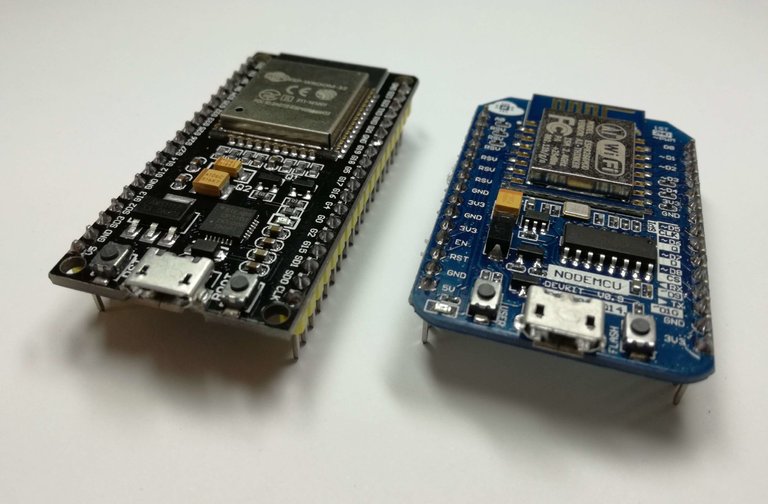
Two low-cost microcontrollers commonly used as IoT devices. Both of these functions can interact with other IoT platforms. Both of these devices are very important tools for the Internet of Things, but of course they also have their own capabilities and weaknesses.
What is ESP32?
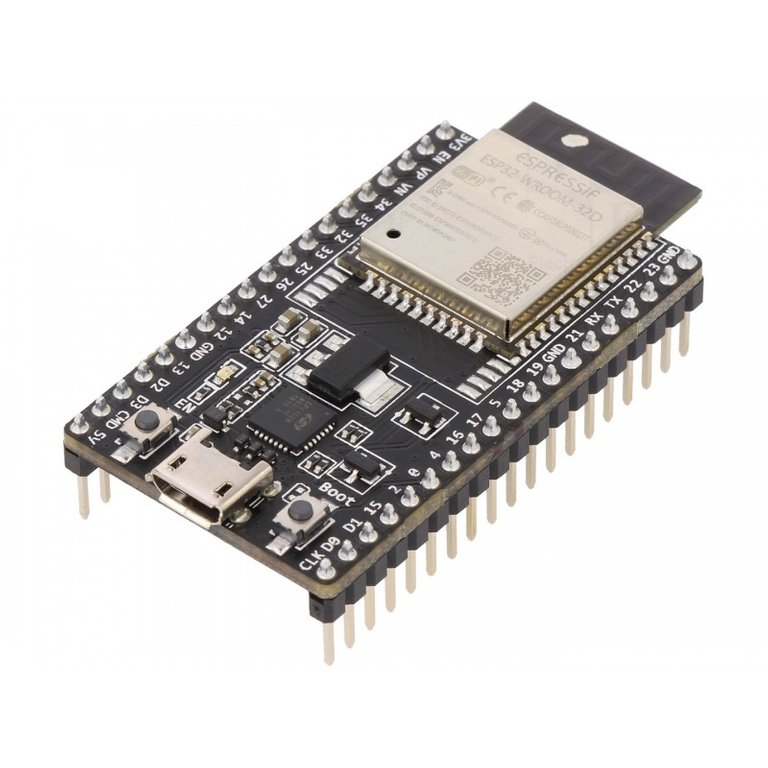
ESP32 is a family of low-cost on-chip power system microcontrollers. The ESP32 is a further development of the ESP8266 family. The ESP32 family was created and developed by Espressif Systems. ESP32 has dual cores and an ultra-low power co-processor. It is designed for insufficient security built into the ESP8266
Advantages:
- ESP32 gives you dual core 160MHz to 240MHz
- You can control and monitor your devices via Wi-Fi or Bluetooth at a very affordable price.
- ESP32 gives you more GPIO
- ESP32 gives you 150Mbps high speed.
Cons:
- ESP32 is more expensive than ESP8266
What is ESP8266?
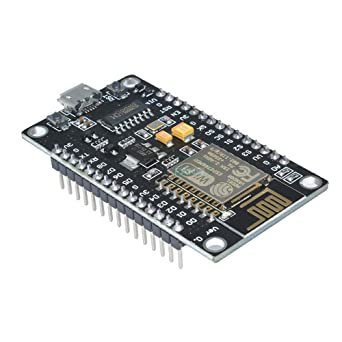
ESP8266 is a complete or stand-alone system-on-chip (SOC) integrated circuit, WiFi module with IP/TCP stack. The ESP8266 allows access to any microcontroller via a WiFi connection.
One of the main functions of the ESP8266 is to host any application or offload all WiFi network functions. It is extremely durable and works reliably even in harsh industrial environments.
This is only due to its wide operating temperature range. It also offers an energy-efficient architecture and a 32-bit Tensilica processor.
Advantages:
- The ESP8266 module provides you with powerful onboard processing and storage that can be integrated with sensors and other applications.
- It has a high level of on-chip integration. On-chip integration allows the user to use very few external reference circuits.
- The ESP8266 is equipped with APSD, a coexistence interface for Bluetooth and VoIP applications.
- It also includes a self-calibrating radio frequency (HF) that enables it to operate under all operating conditions and requires no high frequency parts.
Cons:
- ESP8266 doesn't have bluetooth connectivity, while in ESP32 you can use this feature.
- The GPIOs in the ESP8266 are very small compared to the ESP32.
ESP8266 vs ESP32: What's the Difference?
ESP8266:
The ESP8266 is a Wi-Fi SoC that contains all the essential components a user needs to run a Wi-Fi device. The ESP8266 is an inexpensive Wi-Fi enabled microchip that you can add to any microcontroller for wireless connectivity.
ESP8266 is an integrated circuit with 16 GPIO pins and various peripherals such as serial peripheral interface, integrated circuit protocol, analog-to-digital converter.
The ESP8266 has no ethernet and no touch sensor. It has no remote control access and lacks security.
ESP8266 has no encryption or temperature sensor.
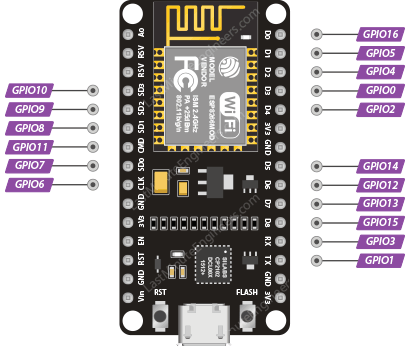
ESP32:
The ESP32 is an upgraded version of the ESP8266 with 34 GPIO pins and a 160MHz Xtensa dual-core processor.
The ESP32 features a 32-bit processor, an ultra-low-power coprocessor, and multiple input/output ports, including digital-to-analog converters. ESP32 has a secure IoT platform.
ESP32 provides you with remote control access and a temperature sensor. ESP32 gives you Secure Boot Flash Encryption 1024-bit OTP with PWM (soft)16. The ESP32 has ten touch sensors.
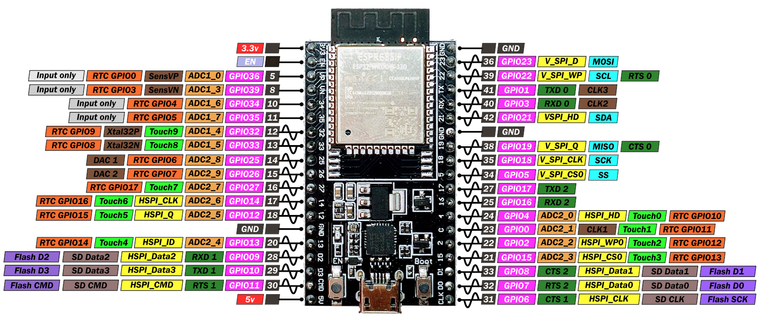
Which is better, ESP32 or ESP8266?
ESP32 is better than ESP8266. It gives you faster processors and lots of memory, enabling you to design larger projects on just one SOC.
ESP32 provides you with reliable and high-tech security. Robust security features are the hallmark of the ESP32. The ESP32 has a solid board, firmware, and peripherals. Computing power also creates a huge fundamental requirement for secure socket layer connections and the IoT world.
ESP32 devices have more GPIOs to handle more available and complex projects. It is more suitable for any situation where the application requires a microcontroller. Many ESP32 boards come with small cameras and are said to be a very powerful board.
ESP32 development is powerful with better security and more memory for projects you can't do in ESP8266.
What is this IoT module for?
The modules of ESP8266 can read and process data and control GPIO. It comes with 2.4GHz Wifi in the 802.11 BGN variant and also supports WPA2 encryption.
Efficiently use data processing functions to read digital and analog signals from sensors. Another use is to read complex calculations from adders or multipliers that drive other algorithms.
The module can be used to connect to any nearby network. It can also be used to easily create your own P2P network.
Optimizing WiFi usage helps wirelessly transmit data to nearby routers.
A connection between two ESPs can be established directly even without a P2P network or smartphone.
Understanding the use of IoT modules will help us identify areas where their true potential can be tapped. Some of the areas where this module is essential are:
- Triangulate location using WiFi.
- Vending machines in various shops and workshops.
- Industrial security in the private and commercial sectors.
- Wireless surveillance CCTV cameras and sensors that provide data.
- In the field of robotics for academic and professional purposes.
In conclusion both the ESP32 and the ESP8266 are amazing. When it comes to certain items, sometimes one is more popular than the other. The ESP8266 consumes less power than its competitors, but one has more digital pins than the other. Therefore, you should choose the desired variant.
Not having a temp sensor is very bad for me!
!1UP
The rewards earned on this comment will go directly to the people( @ptmaker ) sharing the post on Twitter as long as they are registered with @poshtoken. Sign up at https://hiveposh.com.
You have received a 1UP from @gwajnberg!
@stem-curator
And they will bring !PIZZA 🍕. The @oneup-cartel will soon upvote you with:
Learn more about our delegation service to earn daily rewards. Join the Cartel on Discord.